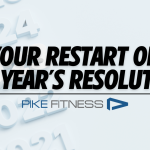Choosing the Right Footwear
What your feet say about you
Whether you realize or not, your footwear says a lot about you. Shoes can help someone accurately judge a person’s personality, status, and even political beliefs with startling accuracy.10 Imagine seeing someone wearing a worn and dusty pair of work boots. You instantly get a glimpse into their day to day life. A pristine pair of Nike Air Jordan’s tell the world a different story. Without ever saying a word, your interests and lifestyle are telegraphed to every person who can see your feet.
While our shoes say a lot about what we do, they also reveal a few clues about our physiology. For example, I’m willing to bet a woman who’s been wearing slim designer heels for the last decade is also sporting some achy bunions. She probably also has very poor ankle mobility. Similarly, a man in leather Oxfords likely has a pinky toe turned in toward the rest of the foot and a rigid mid-foot arch. The shoes you choose go far beyond lifestyle, and affect your entire body from the ground up.
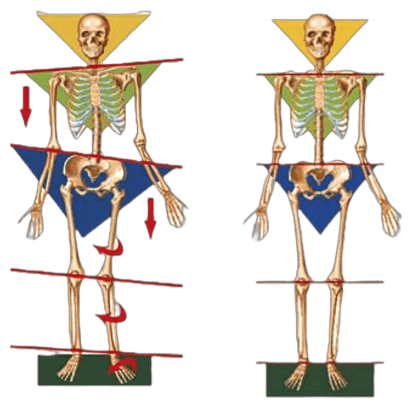
This diagram shows how an over-pronated foot changes the posture at every joint above it.
When I talk about footwear with my clients, I often explain how the foot affects the rest of the body. For the majority of our lives the feet are the only part of our body in contact with the ground, so our entire kinetic chain is directly affected by what’s happening at the foot. If for example a foot collapses into its arch and flattens (over-pronation), the entire leg may internally rotate, which will tilt the pelvis, alter spinal position, and can affect the neck and shoulders. Our bodies are more interconnected than we often realize, and it all starts from the ground up.
Here are some interesting facts about the foot:
- There are 33 joints, and 26 bones in each foot, which account for around 25% of all the total bones in our body!
- Each foot has more than 7,000 nerve endings
- When walking, each foot supports around 130% of total body weight, and when running, it supports up to 300-600% body weight.1,2
- Toe, foot, and ankle alignment (or malalignment) can effect every single joint above them in the kinetic chain.
Foot Splay
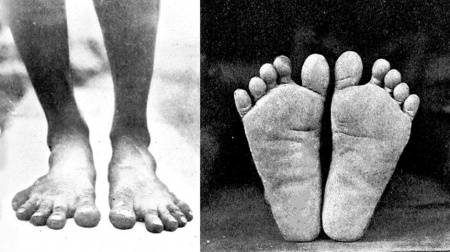
Natural feet, displaying a wide splay.
 In a natural healthy foot, the toes naturally splay out like rays of the sun. Just take a look at the feet of a baby, or someone who spends a lot of time barefooted. Notice how you can trace a straight line from the heel through each of the toes. This is how our feet are meant to look. When toes are allowed to wiggle freely and grip into the ground, they are incredibly strong and dexterous. This shape also keeps the muscles of the bottom of the foot strong, maintaining a healthy and mobile arch.
In a natural healthy foot, the toes naturally splay out like rays of the sun. Just take a look at the feet of a baby, or someone who spends a lot of time barefooted. Notice how you can trace a straight line from the heel through each of the toes. This is how our feet are meant to look. When toes are allowed to wiggle freely and grip into the ground, they are incredibly strong and dexterous. This shape also keeps the muscles of the bottom of the foot strong, maintaining a healthy and mobile arch.
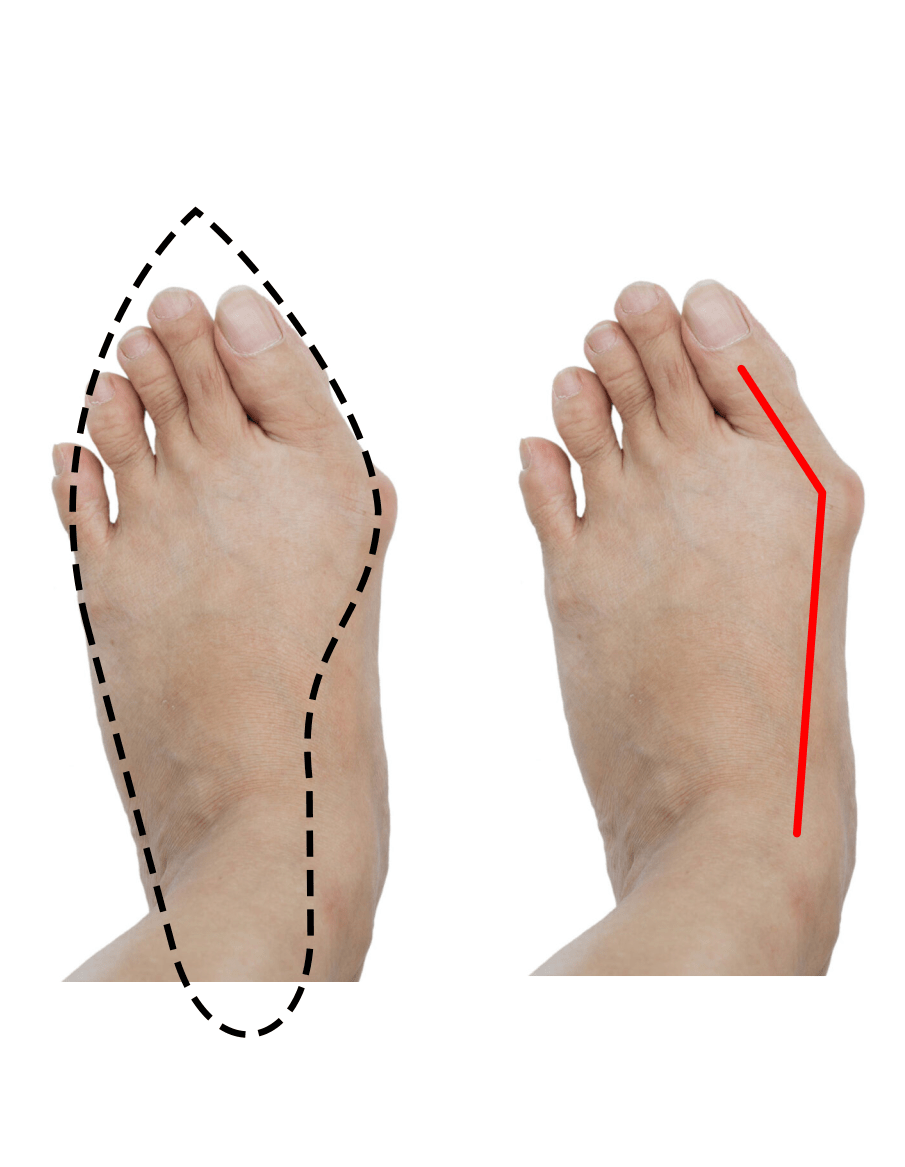
Notice how the shape of a high heel creates an extreme inward angle at the big toe, and eventually painful bunions. High heels are an easy way to create whole-body dysfunction.
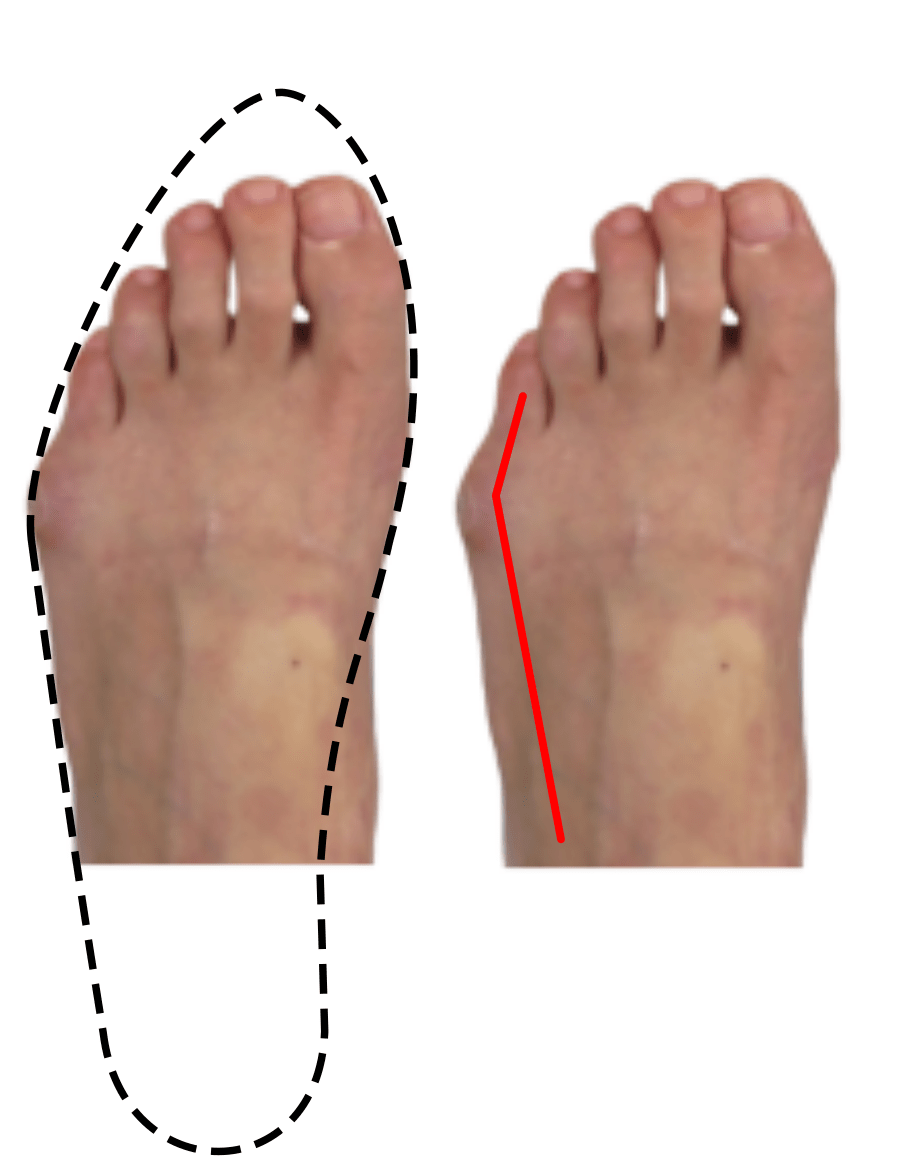
When you overlay the shape of common footwear over the foot, it’s easy to see how much it affects the angle of the pinky toe and big toe.
By wearing restrictive shoes on the other hand, our toes are forced to adapt to a tight space, which makes them weak and immobile.
Here are some foot conditions directly caused by wearing shoes with a narrow toe box.
- Bunions – a turned in big toe/great toe causing a bony protrusion where the toe meets the foot
- Tailor’s Bunions – a turned in pinky toe, causing a bony protrusion where the toe meets the foot
- Hammertoes – a contracture deformity that causes the middle joint of the toe to bend and become stuck in a curled position
- Morton’s Neuroma – a thickening of nerve tissue that often develops between the metatarsals
- Claw toes – a condition in which the toes curl downward and become stiff
- Corns and calluses – thickened areas of skin caused by friction and pressure
- Blisters – fluid-filled sacs that form on the skin due to friction
- Ingrown toenails – when the nail grows into the surrounding skin instead of above it
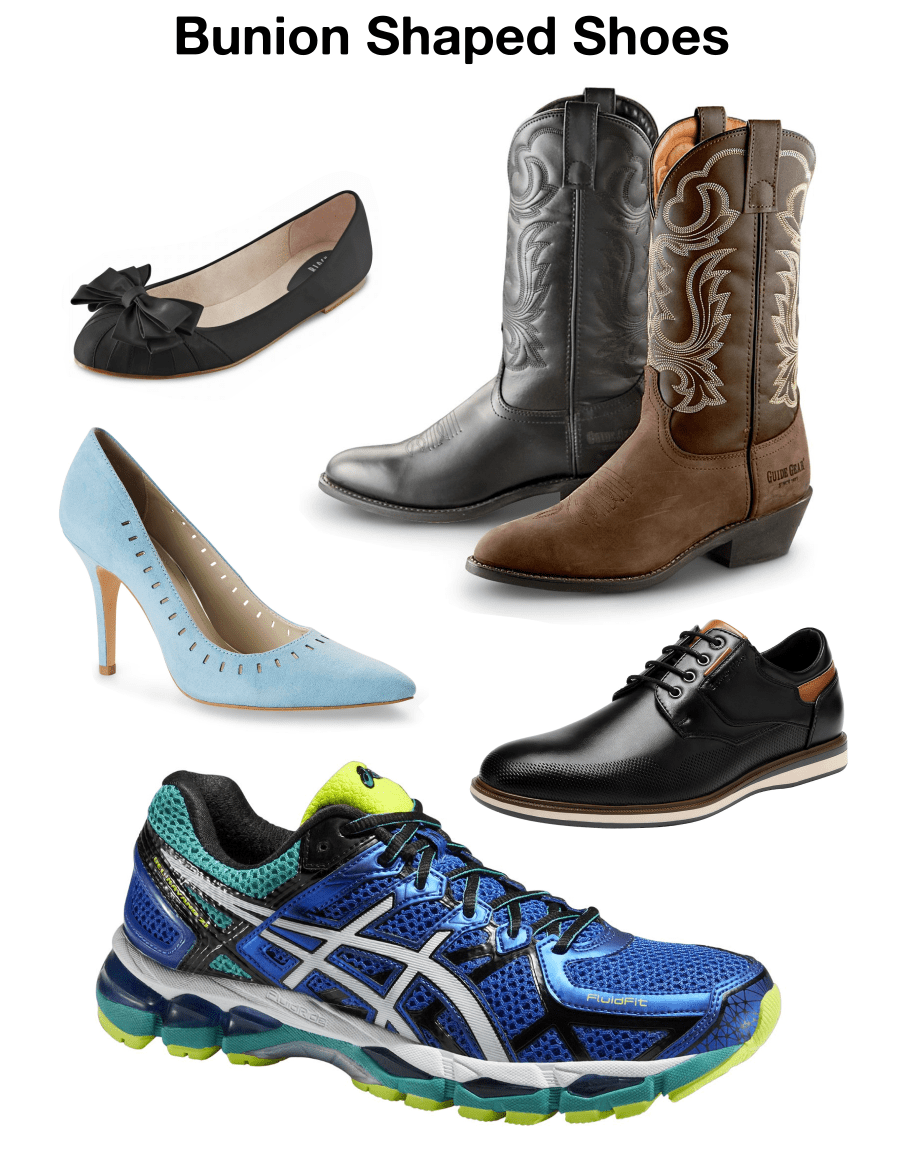
What do all of these shoes have in common? They force the foot into an unnatural position and alter gait.
Hopefully you’ve got a good idea how restrictive shoes can affect the toes. Unfortunately our footwear often affects far more than just the toes. If you get a chance, wiggle your toes, then contract and squeeze them all closer together using the muscles in your feet. Notice how the arch also contracts, creating tension and narrowing of the mid-foot. The way most shoes are shaped passively forces your feet into that position, then holds them there for hours at a time. This narrowing creates a high and rigid arch, which then requires its own support to protect it from injury. This is why foot orthotics are a billion dollar a year industry. Luckily the effects of wearing narrow shoes is mostly reversible, given enough time and attention.
Want to spread those toes back out? Check out these spacers
You don’t necessarily need the products above if your toes are all jammed up, but you absolutely need to get those toes spread out if you want healthy feet. Let them wiggle freely, and stretch them out with your fingers after wearing your shoes for a long time.
Arches
You’re probably aware of how strong arches are in architecture. We use them to build bridges, cathedrals, and even turned one sideways to tame the mighty Colorado river. Arches distribute weight evenly along their curved structure, allowing them to withstand incredibly heavy loads. The force of the weight is transferred to the supports at either end, reducing the pressure on any one point. The arch creates stability in a way no other shape can.
It only makes sense that such a strong design would be found in the structure that supports the entire weight of our upright bodies. In the foot, the arch is made up of bones, ligaments, and tendons, which work together to provide support and stability. Just like in architecture, the arches of our feet give us the ability to transfer weight from one point to another, reducing the pressure on any one part of the foot.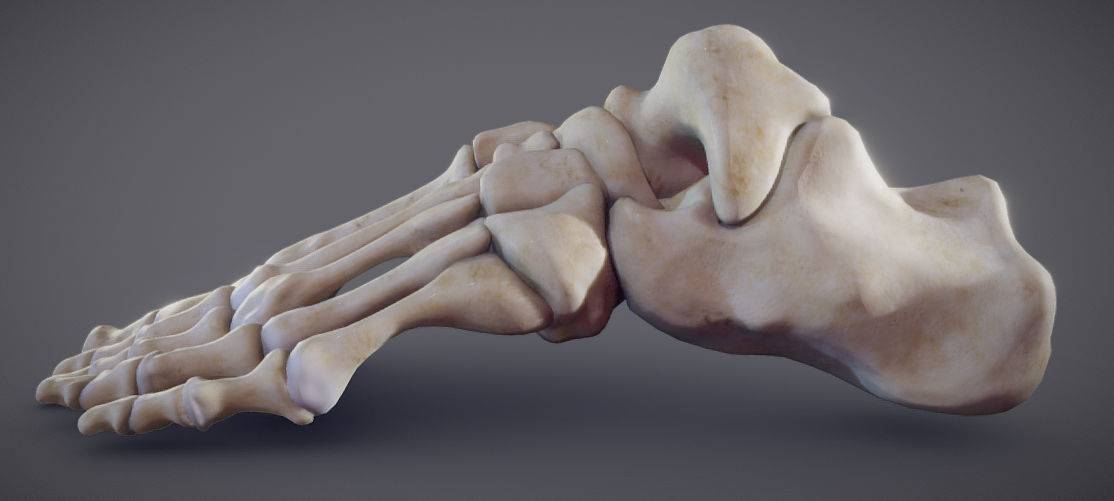
A strong healthy arch not only distributes load and gives us stability, but it is also free to flex and move. When walking, running, or jumping, the arch becomes more like a bow or leaf spring. On each step, the arch straightens out creating tension and storing kinetic energy. That stored energy then snaps to rebound, propelling us forward (or upward). This leaf spring action also helps to absorb some of the impact during the gait cycle.
If our footwear prevents the arch from flexing in this way, the force production of the foot is drastically reduced. By taking the arch out of the equation, the heel, ankle, knee, and hip all have to absorb a little extra impact on each stride. Those joints will also have to work just a little harder—not a big deal when looking at a single step, but multiply that by 10,000, 20,000, or more steps, and the joints above the foot might start giving you problems.
Remember that the foot is designed to be flexible and to adapt to different surfaces. All of its joints, muscles, and tendons must work together to provide stability and support. When the foot is placed in a shoe with a rigid arch support, its natural range of motion is restricted which prevents the muscles and tendons from engaging. In short, supportive arches equal weak feet. In addition, if the arch support in the shoe is not properly designed to match the individual’s specific foot anatomy, it can put unnatural stress on certain areas of the foot, leading to greater muscle imbalances and potentially injury.
Be sure that if you are using shoes with supportive arches, they are a shape and support level that is correct for your unique foot. Most running shoe stores provide this type of service for free.
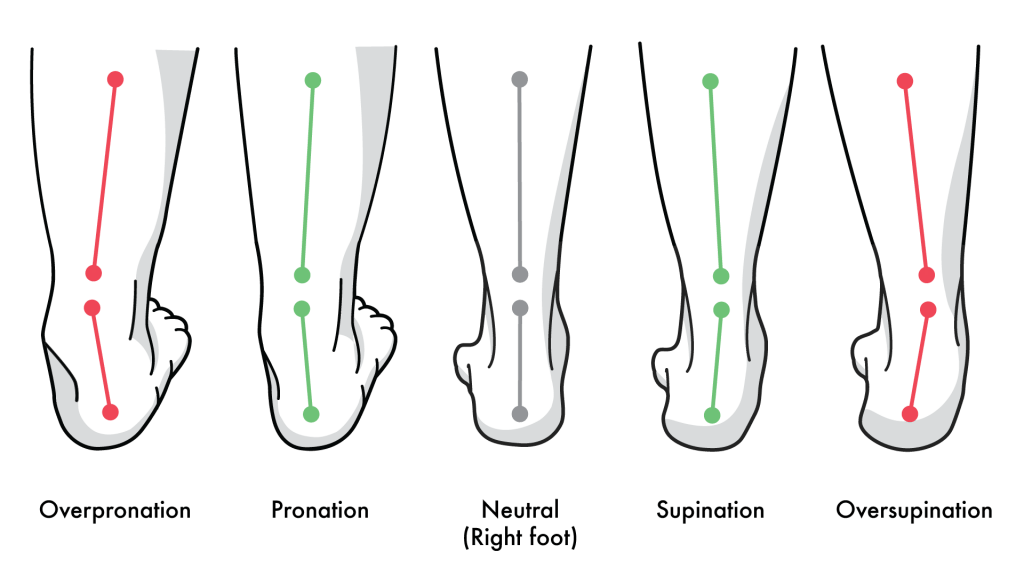
From left to right, over-pronation (flat feet) to over-supination (high arch). Notice the difference in the position of the ankle. By wearing shoes for the wrong type of arch, you could potentially make a problem far worse; it’s like throwing gasoline on a brush fire.
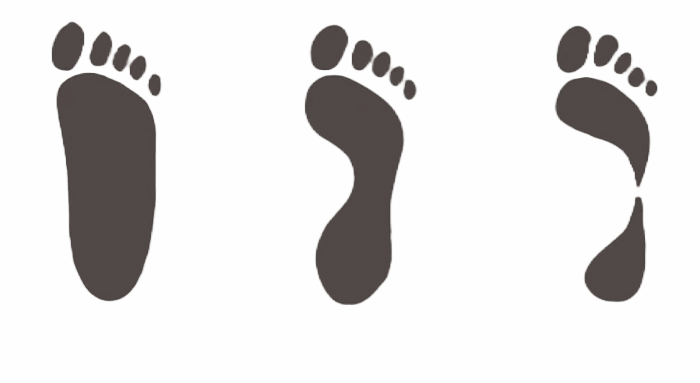
From left to right: over-pronator (flat foot), neutral foot, over-supinator (high arch). You can easily find your arch shape by doing the “Wet Test.” Wet your bare foot wet and stepping onto a sheet of paper. The silhouette left behind will look something like the one above. You can use this information to select a proper shoe.
Some tips to maintain a healthy arch
- After wearing shoes for a while, take them off and let them flex
- Make fists with your feet, contracting and relaxing like you’re grabbing the floor with your toes
- Do exercises like Short-foot
- Roll out on a foam roller, foam ball, softball, lacrosse ball, or my personal favorite; a golf ball
- Do barefoot calf raises
- Expose your bare feet to a variety of surfaces
Heel Lift
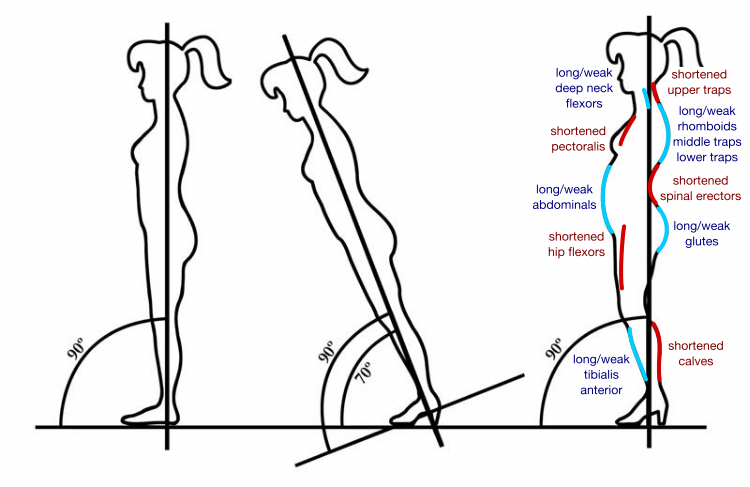
When comparing the normal natural posture on the left to the heel elevated posture on the right, it’s easy to see how much your heels are negatively affecting your body.
One thing that sets humans apart from the rest of the animal kingdom is our ability to stand upright with our heels resting on the ground. Look at any 4 legged animal and notice how high their ankle sits on the hind leg. This elevated heel is what makes the legs of our furry friends appear to bend backwards. While the human foot certainly has the ability to do that, it’s built to rest flat on the ground so that standing requires very little energy.
What happens when we elevate our heels in a shoe? In the case of high heels, weight is concentrated on the ball of the foot rather than distributed evenly over across the entire arch. One study on high heels found that wearing a 3 inch (8cm) heel increased forefoot pressure by 76%. 3 Prolonged increases in forefoot pressure can lead to a number of foot problems, such as plantar fasciitis, metatarsalgia, and calluses, bone fractures, sprains, nerve damage, and much more. It also severely weakens the arch. Even a small heel lift of 1 inch (2.5cm) has been shown to increase forefoot pressure by 26%.4
Foot conditions arising from heel lift
- Metatarsalgia – Chronic overuse of the forefoot’s fat pad can lead to its gradual thinning and result in severe pain.
- Stress Fractures – Prolonged strain on bones increases the risk of fractures or breaks.
- Sprains – Wearing elevated heels throws off balance, increasing the risk of twisting the foot or ankle.
- Plantar Fasciitis – Wearing high heels weakens the arch, and switching to supportive shoes can leave the arch unable to absorb impact or support weight effectively.
Elevated heels affect more than just your feet
By elevating your heels, your posture has to change in order to maintain center of gravity. The following changes occur with any heel lift, but the higher your heels, the more extreme the change:
- Shortened calf muscles causes tightness in the ankle and back of the knee
- Extra stress on knee joint from lack of extension
- Shortened and tight hip flexors
- Poor extension at hip, causing weakness in glutes
- Forward belly posture creates long weak abs, and short tight low back muscles
- Rounding at shoulders weakens the muscles between shoulder blades and tightens the chest
- Head carriage is slightly forward, weakening deep neck flexors and tightening superficial muscles of the neck
If you wear elevated heels
If you ever wear shoes with an elevated heel, be sure to stretch out the ankle and calves regularly.
Maintaining Strong & Healthy Feet
Just like any other body part, it is important to train the foot. You might argue that it’s even MORE important to train the feet than other body parts since they affect so much of the body.
- Take your shoes off and walk around your house and in your yard barefooted as often as possible
- Avoid high heels and shoes that cram your feet into a tight and unnatural position
- If you wear shoes with supportive arches, make absolutely sure they are the correct height/shape for your foot
- Stimulate the feet by exposing them to various surfaces and by foam rolling/self myofascial release
- Stretch the toes and ankles, especially the big toe
- Do isolation exercises to strengthen the feet and ankles
- Stand and walk barefooted as often as possible
- Use spacers to correct the alignment of your toes
- Gradually work up to training (running, jumping, weight lifting) barefooted or in minimal footwear
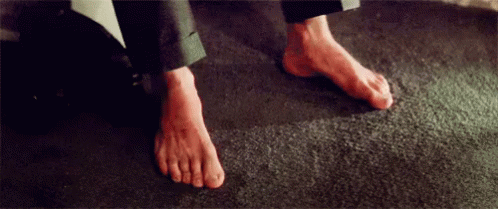
Minimal Shoes & Barefoot Training

Compare this healthy foot and shoe shape to the images of common shoe shapes above. Ideal footwear mimics the natural shape of the foot, allowing it to move the way it was designed to move.
Minimal shoes, also known as barefoot or minimalist shoes, are designed to simulate the sensation of walking barefoot while still providing some protection to the feet. Training barefooted and with minimal shoes improves foot health by allowing the feet to move naturally, strengthening the muscles and ligaments of the feet. They also allow the toes to splay out naturally, which is critical for proper gait mechanics. If you suffer from foot pain, you might be excited to know that by spending time barefooted or in minimal shoes, you can reduce the risk of common foot conditions such as plantar fasciitis and arch pain, bunions, hammer toe, and many other ailments.
Here are a few more benefits of wearing minimal shoes or going barefoot:
- Lighter foot strike when walking and running
- Improved foot and calf strength
- Greater power and force distribution
- Conserved energy through the gait cycle
- Improvements in knee and back pain
Considerations
Training barefooted and in minimal footwear isn’t always recommended. Some bone, joint, or nerve disorders may be worsened by training without adequate foot support. Ask your Dr. before beginning barefoot training.
Even those without known disorders of the feet should be careful when starting barefoot/minimal training. Don’t go right from zero to 100. If you’ve never exercised with minimal footwear or barefooted, it’s a really bad idea to go try your favorite run without any shoes on. Use the crawl → walk → run approach to gradually accustom your feet to increased demands. Think about it like this: if you’ve been wearing constricting and supportive shoes your entire life, your feet are going to be incredibly atrophied. It’s as if you’ve been wearing casts over your feet for most of your life, and you’ve never really had to use your own muscles to stabilize the bone structure. Not only that, but your skin is probably overly sensitive and baby soft. It’s easy to train too hard, too fast, and hurt yourself. Take it easy. There is no rush. In time, you can have stronger feet than you ever imagined.
Some Brands we Love!
Just a few years ago, barefoot shoes were incredibly hard to come by. Luckily by 2023, there are a ton of options on the market. Here are a few of our favorites, but by no means an exhaustive list:
-
VIVOBAREFOOT
-
Splay!
-
Feelgrounds
-
Lems
-
Earthrunners
-
Xero
- The Drifter Leather
- There are so many more great barefoot shoes, and they’re popping up all the time! Let us know if you have a favorite brand you’d like to list here
Further reading:
Barefoot Strong – Dr. Emily Slichal
Foot Anatomy 101 – Biofeedback
Born to Run – Christopher McDougall
TLDR
- Your shoes probably suck.
- By taking your shoes off more often, or switching to more natural footwear, you can strengthen your feet and bring your entire body into balance.
- One of the greatest action heroes of our day defeated a group of terrorists and saved Christmas after taking off his shoes and making fists with his feet
References:
- Franz, J. R., Tyburski, D., & Lohnes, J. (1998). Ground reaction forces during running. Journal of Applied Physiology, 84(3), 953-959.
- Nigg, B. M., Rudolf, M., & Stokes, M. (1986). Ground reaction forces and muscle forces in walking. Journal of Biomechanics, 19(7), 557-566.
- Ritzman, T., Wapner, K. L., & Davis, I. (1997). The biomechanical effect of high-heeled shoes on the foot, ankle, and lower leg. Journal of Biomechanics, 30(1), 59-66.
- Nester, C. J., Sangeorzan, B. J., & McPoil, T. G. (2010). Effect of shoe heel height on forefoot and rearfoot pressure distribution. Journal of Foot and Ankle Research, 3(1), 22.
- Novacheck, Tom F. “The biomechanics of running.” Gait & posture 7.1 (1998): 77-95.
- Nilsson, J, and A Thorstensson. “Ground Reaction Forces at Different Speeds of Human Walking and Running.” Acta Physiologica Scandinavica, U.S. National Library of Medicine, June 1989,
- Adam I. Daoud, Gary J. Geissler, Frank Wang, Jason Saretsky, Yahya A. Daoud, and Daniel E. Lieberman. 2012. “Foot Strike and Injury Rates in Endurance Runners: A Retrospective Study.” Medicine & Science in Sports & Exercise, Pp. 1325-1334.
- Lieberman, D. E., Venkadesan, M., Werbel, W. A., Daoud, A. I., D’Andrea, S., Davis, I. S., … & Peters, D. (2010). Foot strike patterns and collision forces in habitually barefoot versus shod runners. Nature, 463(7280), 531-535.
- Larson, P., Romanowski, M., Hsu, A., et al. (2015). Minimal shoes and foot health. Current Sports Medicine Reports, 14(1), 38-44.
- Gillath, Omri & Bahns, Angela & Ge, Fiona & Crandall, Chris. (2012). Shoes as a source of first impressions. Journal of Research in Personality. 46. 423–430. 10.1016/j.jrp.2012.04.003.




